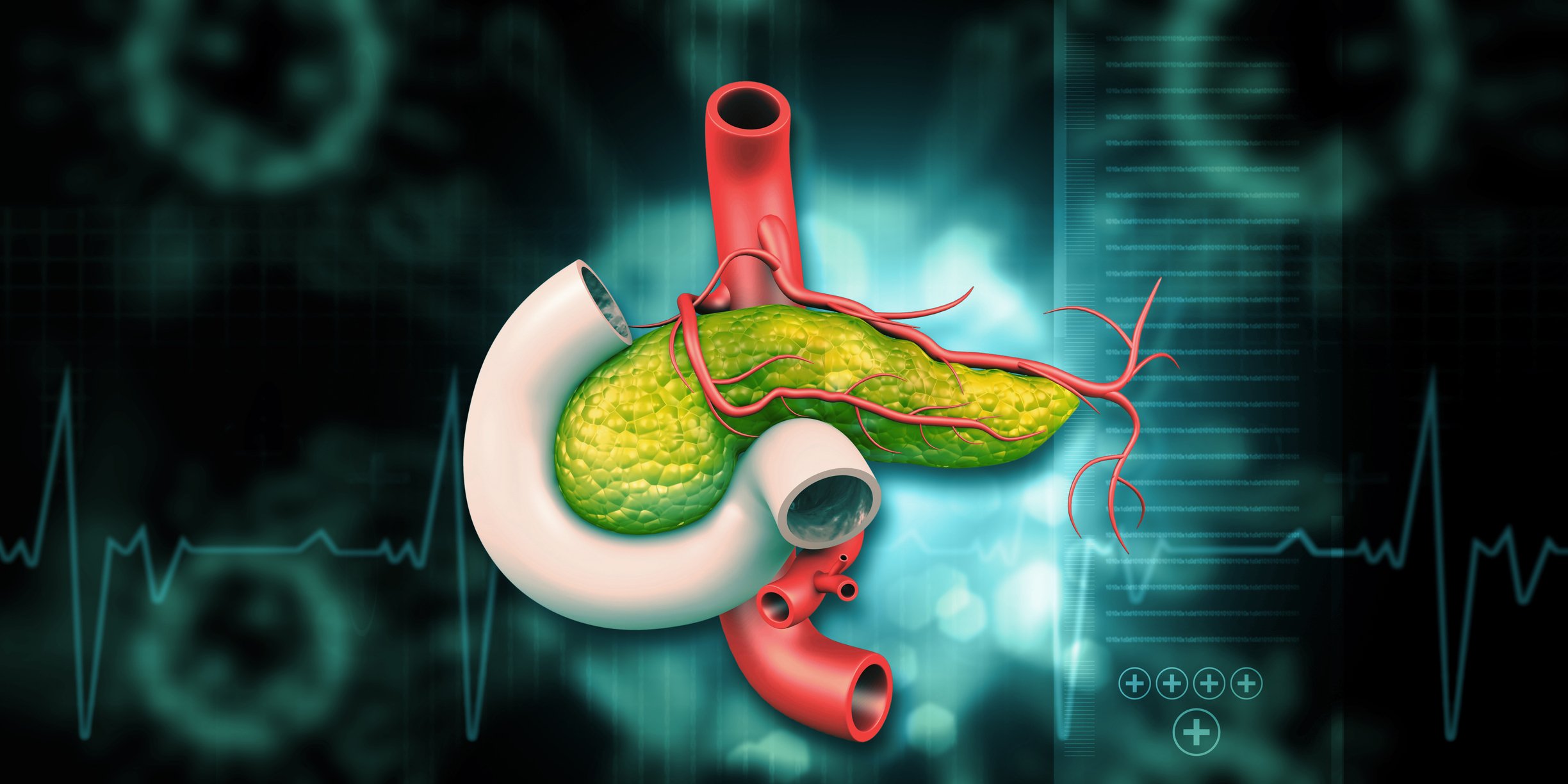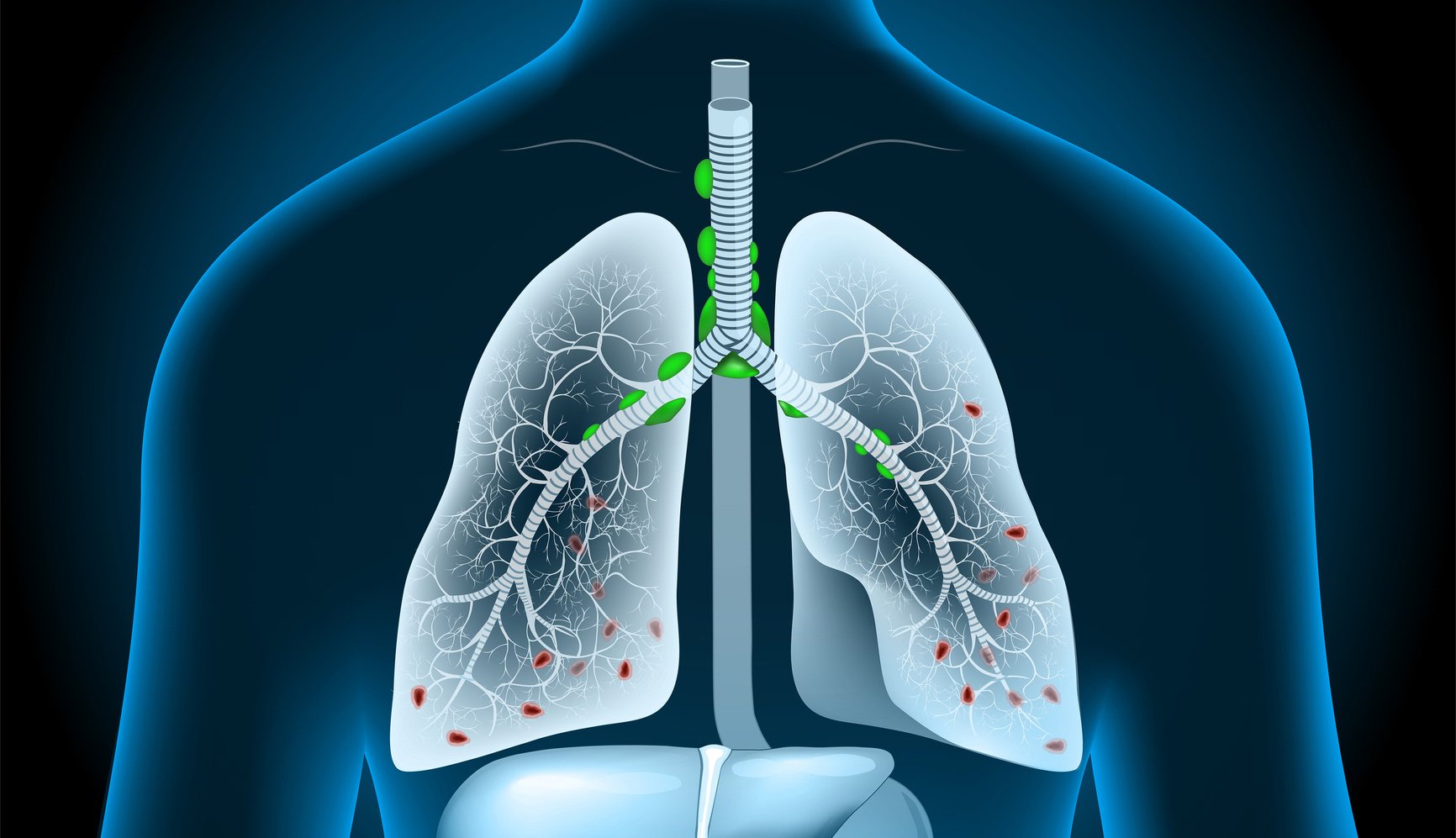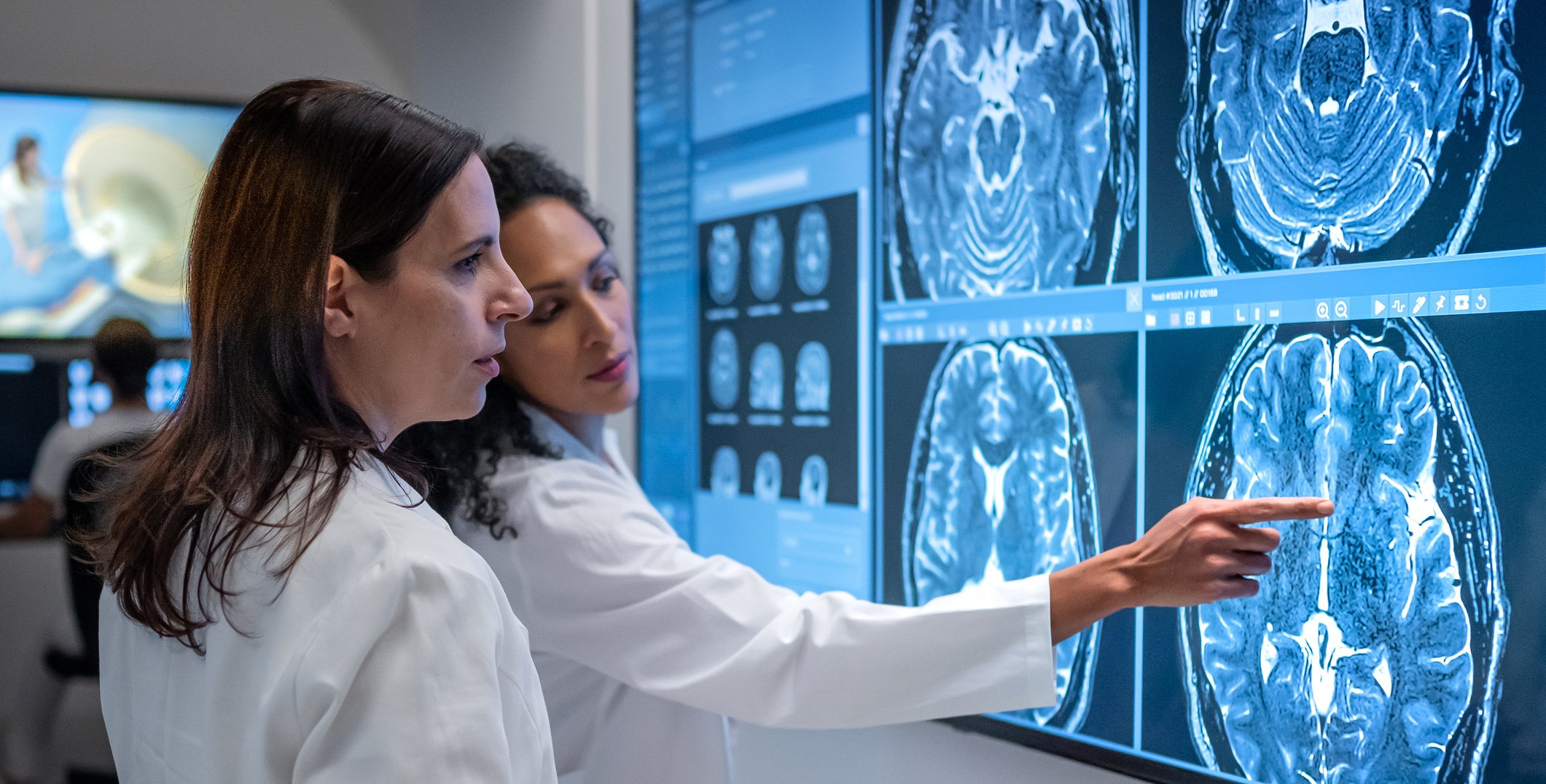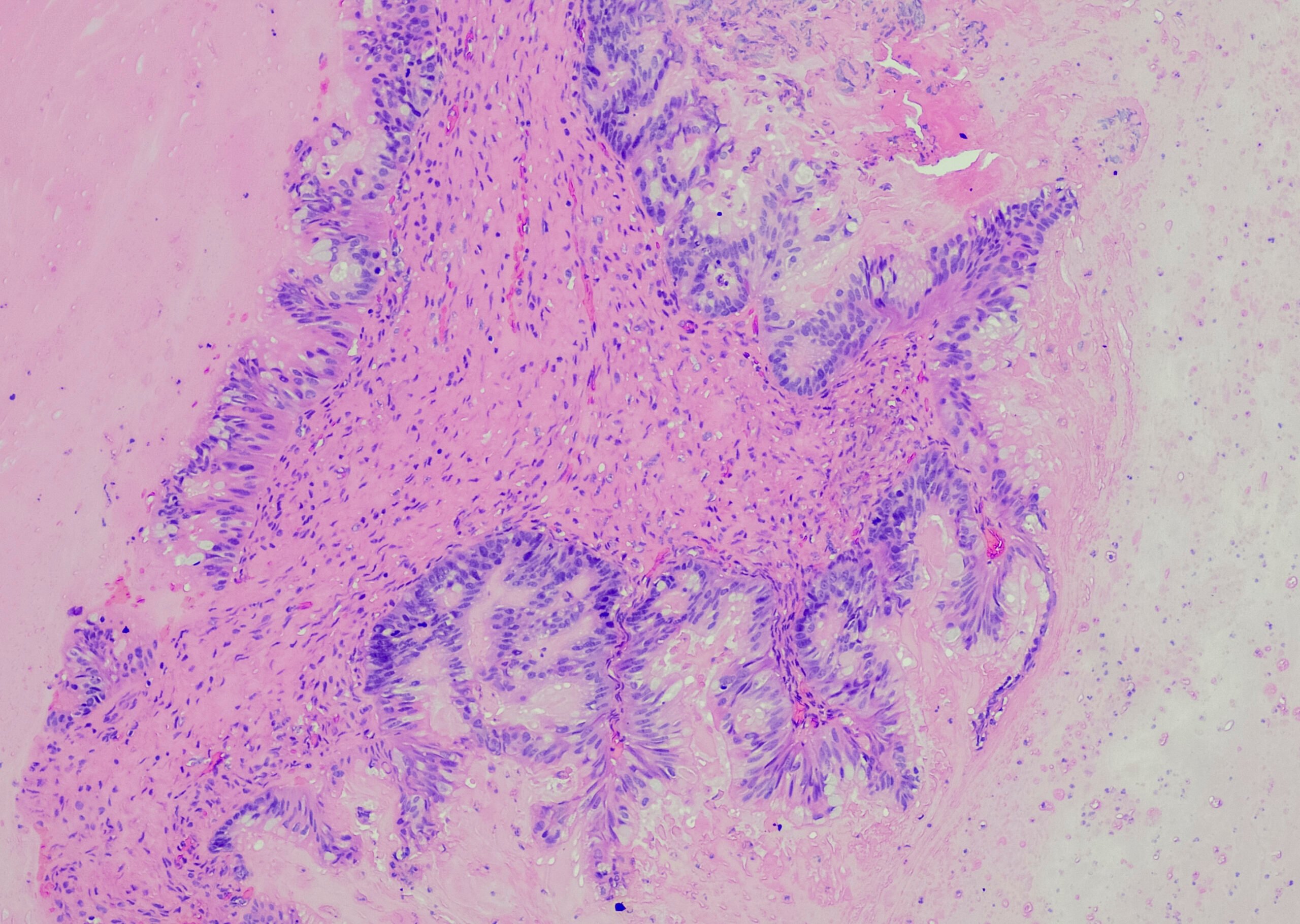Various disease-modifying therapies for Parkinson’s disease are expected in the coming years, but it is already known: These therapies probably only have the potential to halt the progression of the disease if they are given early – ideally before the first typical Parkinson’s symptoms even become apparent. Researchers are now faced with the challenge of identifying affected individuals at an appropriately early stage. A recent paper [1] shows that possibly in high-risk patients, a simple analysis of voice frequency modulation, as can be done by apps or even systems like Alexa, allows this prediction.
About 250,000 to 400,000 people in Germany live with Parkinson’s disease. And the trend is rising – no other neurological disease has seen such a rapid increase in the number of cases. Between 1990 and 2016 alone, the global prevalence of this neurodegenerative disease doubled [2]. Risk factors include genetic predispositions (several Parkinson’s-associated genes have already been identified) and environmental factors, in addition to age and gender. Parkinson’s disease belongs to the so-called synucleinopathies, as pathological deposits of a protein, α-synuclein, occur in certain brain regions. The α-synuclein aggregations in the nerve cells occur due to a defective molecular structure, i.e. misfolding, of the α-synuclein – tiny protein fibers (fibrils, filaments) are initially formed, which then clump together and have a cell-toxic effect.
Currently, a number of promising therapeutic options are in development, in which the “German Parkinson Study Group” [3], the world’s second largest study group on M. Parkinson, also plays a major role. One example is the development of α-synuclein antibodies, some of which are already in the second and third phase of clinical testing. In addition, there are promising data for so-called “small molecules” such as Neuropore, which also aim to prevent pathological protein spheres and helices from sticking together. Furthermore, RNA-based therapeutic approaches are also being researched to stop the pathogenic protein aggregations.
“We are very optimistic that we will have disease-modifying therapies for Parkinson’s disease available in a few years. At the same time, however, we know from therapy studies on other neurodegenerative diseases that the success of treatment depends to a large extent on how early in the course of the disease the therapy is applied. Ideally, treatment should be started before the first typical symptoms of the disease develop,” explains Prof. Dr. Lars Timmermann, head of the Parkinson Center at Marburg University Hospital, which recently received the “Center of Excellence Award 2022” from the International Parkinson Foundation. “That is why it is now so important to identify valid biomarkers and characteristics for a reliable early diagnosis, in addition to new therapeutic approaches. We need tools to stratify from the group of patients at risk those who are almost certain to develop Parkinson’s disease. Only in this way can we ensure that we don’t burden anyone with unnecessary therapies and also comply with the payers’ cost-efficiency requirement, because after all, new therapies are always costly.”
The Marburg research group, in cooperation with Czech scientists, has now come a great deal closer to achieving this goal. In a recent study [1] (led by Dr. Annette Janzen, Prof. Lars Timmermann, and Prof. Wolfgang Oertel), it was shown that a simple-to-perform, computer-based analysis of speech frequency modulation could be suitable for such stratification. The study examined high-risk patients who had REM sleep behavior disorder (RBD for short). It is known that RBD is a common precursor to Parkinson’s disease. It is estimated that 80% of all sufferers of REM sleep behavior disorder will develop alpha-synucleinopathy, the disease group to which Parkinson’s disease belongs, in the next 15 years. Olfactory disorders are also a common early symptom of Parkinson’s disease. In the study, 30 subjects with RBD and olfactory disorders, 17 with RBD without olfactory disorders, and 50 healthy controls underwent speech tests. Prosody (includes accent, intonation, speech rate, rhythm, and pauses in speech) was found to be significantly impaired in the high-risk RBD group with olfactory disorders compared to the other two groups. Another result: In this group, dysprosody increased in the further course only in those patients who then also showed an abnormal dopamine transporter scintigraphy (DaT-SPECT).
“This suggests that a limitation and decrease in prosody in people with RBD and olfactory dysfunction may be a very early and sure sign of PD. Nowadays, prosody can be measured quite easily and quickly by computer. To put it bluntly: theoretically, systems such as Alexa or voice apps on smartphones could then predict whether or not people with a high risk constellation for PD will develop PD in the next 5-7 years – that is very impressive,” emphasizes Prof. Timmermann. “Further larger surveys must now validate the present study result. If it is confirmed, we will have a reliable and at the same time cost-effective option for early diagnosis that would pave the way for presymptomatic Parkinson’s therapy. Together with the approval of disease-modifying therapies, this could bring about the long-awaited turnaround in the care of people with Parkinson’s.”
[1] Rusz j, Janzen A, Tykalová T et al. Dysprosody in Isolated REM Sleep Behavior Disorder with Impaired Olfaction but Intact Nigrostriatal Pathway. Movement Disorders. First published: 26 November 2021 https://doi.org/10.1002/mds.28873
[2] Springer Medicine. Number of Parkinson’s patients has doubled. InFo Neurology 21, 17 (2019). https://doi.org/10.1007/s15005-019-0049-7
[3]
https://www.kompetenznetz-parkinson.de/german-parkinson-studygroup











